Name Craig Venter Role Geneticist | Movies The Future is Now! | |
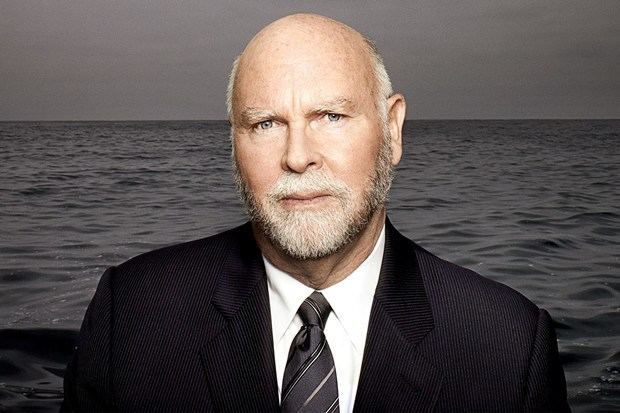 | ||
Institutions State University of New York at BuffaloNational Institutes of HealthJ. Craig Venter Institute Notable awards Gairdner Award (2002)Nierenberg Prize (2007)Kistler Prize (2008)ENI award (2008)Medal of Science (2008)Dickson Prize (2011) Books Life at the Speed of Light: From the Double Helix to the Dawn of Digital Life, A Life Decoded: My Genome, My Life Organizations founded J. Craig Venter Institute Parents John Venter, Elizabeth Venter Similar People Claire M Fraser, Richard Dawkins, Kevin Kelly, Stephen Jay Gould, Gary Burns | ||
Tedxcaltech j craig venter future biology
John Craig Venter (born October 14, 1946) is an American biotechnologist, biochemist, geneticist, and businessman. He is known for being involved with sequencing the second human genome and assembled the first team to transfect a cell with a synthetic chromosome. Venter founded Celera Genomics, The Institute for Genomic Research (TIGR) and the J. Craig Venter Institute (JCVI). He was the co-founder of Human Longevity Inc., served as its CEO until 2017, and is executive chairman of the board of directors. He was listed on Time magazine's 2007 and 2008 Time 100 list of the most influential people in the world. In 2010, the British magazine New Statesman listed Craig Venter at 14th in the list of "The World's 50 Most Influential Figures 2010". He is a member of the USA Science and Engineering Festival's Advisory Board.
Contents
- Tedxcaltech j craig venter future biology
- Drawing the Future of Predictive Medicine With Geneticist J Craig Venter
- Early life and education
- EST controversy
- Human Genome Project
- Global Ocean Sampling Expedition
- Synthetic genomics
- Individual human genome
- Human Longevity Inc
- Published books
- Television appearances
- In popular culture
- Awards and nominations
- References
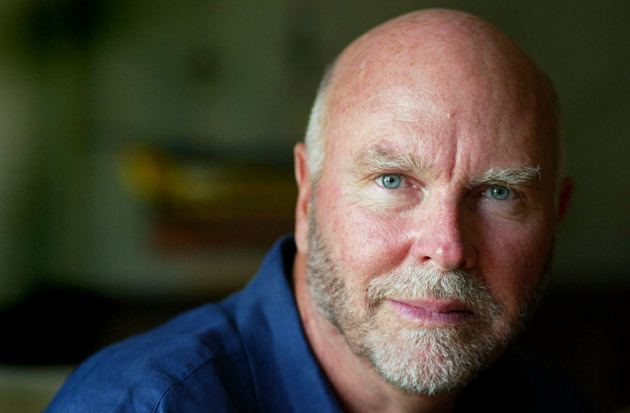
Drawing the Future of Predictive Medicine With Geneticist J. Craig Venter
Early life and education
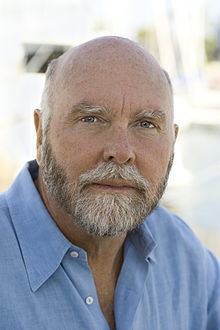
Venter was born in Salt Lake City, Utah, the son of Elizabeth and John Venter. In his youth, he did not take his education seriously, preferring to spend his time on the water in boats or surfing. According to his biography, A Life Decoded, he was said to never be a terribly engaged student, having Cs and Ds on his eighth-grade report cards. He graduated from Mills High School in Millbrae, California.
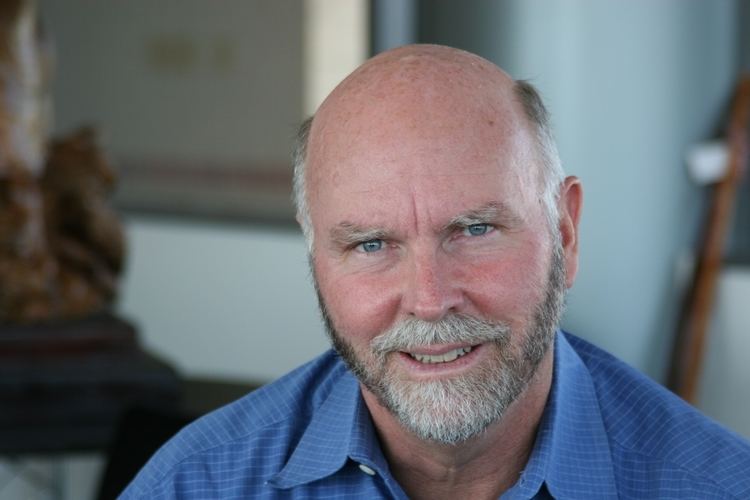
Although he was against the Vietnam War, Venter was drafted and enlisted in the United States Navy where he worked in the intensive-care ward of a field hospital. While in Vietnam, he attempted suicide by swimming out to sea, but as he got deeper into the sea and was approaching the circling of a shark, he changed his mind more than a mile out. Being confronted with wounded, maimed, and dying [marines] on a daily basis instilled in him a desire to study medicine — although he later switched to biomedical research.
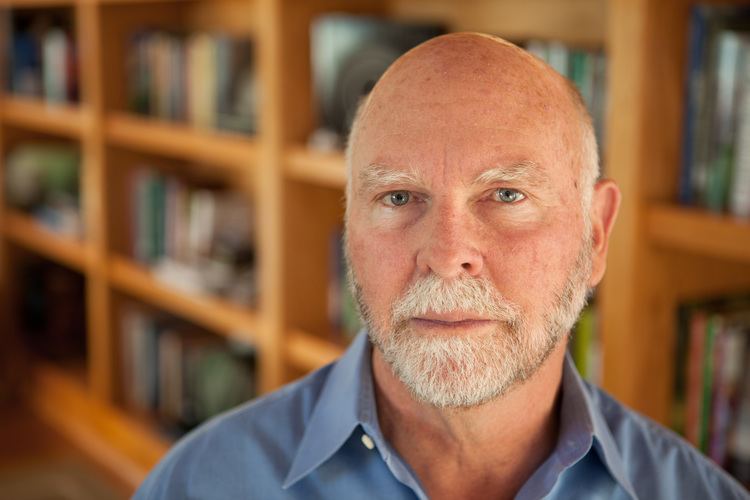
Venter began his college education at a community college, College of San Mateo in California, and later transferred to the University of California, San Diego, where he studied under biochemist Nathan O. Kaplan. He received a BS in biochemistry in 1972, and a PhD in physiology and pharmacology in 1975, both from UCSD. After working as an associate professor, and later as full professor, at the State University of New York at Buffalo, he joined the National Institutes of Health in 1984.
After a brief marriage to Barbara Rae-Venter, with whom he had a son, Christopher, he married his student, Claire M. Fraser, remaining married to her until 2005. In late 2008 he married Heather Kowalski. They live in the La Jolla neighborhood of San Diego, CA where Venter gut-renovated a $6 million home.
Venter is an atheist.
Venter himself recognized his own ADHD behavior in his adolescence, and later found ADHD-linked genes in his own DNA.
EST controversy
While an employee of the NIH, Venter learned how to identify mRNA and began to learn more about those expressed in the human brain. The short cDNA sequence fragments he was interested in are called expressed sequence tags, or ESTs. The NIH Office of Technology Transfer and Venter decided to take the ESTs discovered by others in an attempt to patent the genes identified based on studies of mRNA expression in the human brain. When Venter disclosed this strategy during a Congressional hearing, a firestorm of controversy erupted. The NIH later stopped the effort and abandoned the patent applications it had filed, following public outcry.
Human Genome Project
Venter was passionate about the power of genomics to radically transform healthcare. Venter believed that shotgun sequencing was the fastest and most effective way to get useful human genome data. The method was rejected by the Human Genome Project however, since some geneticists felt it would not be accurate enough for a genome as complicated as that of humans, that it would be logistically more difficult, and that it would cost significantly more.
Venter viewed the slow pace of progress in the Human Genome project as an opportunity to continue his interest in patenting genes, so he sought funding from the private sector to birth Celera Genomics. The company planned to profit from their work by creating genomic data to which users could subscribe for a fee. The goal consequently put pressure on the public genome program and spurred several groups to redouble their efforts to produce the full sequence. Venter's effort to publish a draft genome of his own DNA won him renown as the second person to sequence the human genome after the public effort, thus making it impossible to patent any of it.
In 2000, Venter and Francis Collins of the National Institutes of Health and U.S. Public Genome Project jointly made the announcement of the mapping of the human genome, a full three years ahead of the expected end of the Public Genome Program. The announcement was made along with U.S. President Bill Clinton, and UK Prime Minister Tony Blair. Venter and Collins thus shared an award for "Biography of the Year" from A&E Network. On the 15 February 2001, the Human Genome Project consortium published the first Human Genome in the journal Nature, and was followed, one day later, by a Celera publication in Science. Despite some claims that shotgun sequencing was in some ways less accurate than the clone-by-clone method chosen by the Human Genome Project, the technique became widely accepted by the scientific community.
Venter was fired by Celera in early 2002. According to his biography, Venter was fired due to a conflict with the main investor, Tony White, specifically barring him from attending the White House ceremony celebrating the achievement of sequencing the human genome.
Global Ocean Sampling Expedition
The Global Ocean Sampling Expedition (GOS) is an ocean exploration genome project with the goal of assessing the genetic diversity in marine microbial communities and to understand their role in nature's fundamental processes. Begun as a Sargasso Sea pilot sampling project in August 2003, Venter announced the full Expedition on 4 March 2004. The project, which used Venter's personal yacht, Sorcerer II, started in Halifax, Canada, circumnavigated the globe and returned to the U.S. in January 2006.
Synthetic genomics
Venter is currently the president of the J. Craig Venter Institute, which conducts research in synthetic biology. In June 2005, he co-founded Synthetic Genomics, a firm dedicated to using modified microorganisms to produce clean fuels and biochemicals. In July 2009, ExxonMobil announced a $600 million collaboration with Synthetic Genomics to research and develop next-generation biofuels. Venter continues to work on the creation of engineered diatomic microalgae for the production of biofuels.
Venter is seeking to patent the first partially synthetic species possibly to be named Mycoplasma laboratorium. There is speculation that this line of research could lead to producing bacteria that have been engineered to perform specific reactions, for example, produce fuels, make medicines, combat global warming, and so on.
In May 2010, a team of scientists led by Venter became the first to successfully create what was described as "synthetic life". This was done by synthesizing a very long DNA molecule containing an entire bacterium genome, and introducing this into another cell, analogous to the accomplishment of Eckard Wimmer's group, who synthesized and ligated an RNA virus genome and "booted" it in cell lysate. The single-celled organism contains four "watermarks" written into its DNA to identify it as synthetic and to help trace its descendants. The watermarks include
- Code table for entire alphabet with punctuations
- Names of 46 contributing scientists
- Three quotations
- The secret email address for the cell.
On March 25, 2016 Venter reported the creation of Syn 3.0, a synthetic genome having the fewest genes of any freely living organism (473 genes). Their aim was to strip away all nonessential genes, leaving only the minimal set necessary to support life. This stripped-down, fast reproducing cell is expected to be a valuable tool for researchers in the field.
Individual human genome
On September 4, 2007, a team led by Sam Levy published the first complete (six-billion-letter) genome of an individual human—Venter's own DNA sequence. Some of the sequences in Venter's genome are associated with wet earwax, increased risk of antisocial behavior, Alzheimer's and cardiovascular diseases. This publication was especially interesting since it contained a diploid instead of a haploid genome and shows promise for personalized medicine via genotyping. This genome, dubbed HuRef by Levy and others, was a landmark accomplishment.
The Human Reference Genome Browser is a web application for the navigation and analysis of Venter's recently published genome. The HuRef database consists of approximately 32 million DNA reads sequenced using microfluidic Sanger sequencing, assembled into 4,528 scaffolds and 4.1 million DNA variations identified by genome analysis. These variants include single-nucleotide polymorphisms (SNPs), block substitutions, short and large indels, and structural variations like insertions, deletions, inversions and copy number changes.
The browser enables scientists to navigate the HuRef genome assembly and sequence variations, and to compare it with the NCBI human build 36 assembly in the context of the NCBI and Ensembl annotations. The browser provides a comparative view between NCBI and HuRef consensus sequences, the sequence multi-alignment of the HuRef assembly, Ensembl and dbSNP annotations, HuRef variants, and the underlying variant evidence and functional analysis. The interface also represents the haplotype blocks from which diploid genome sequence can be inferred and the relation of variants to gene annotations. The display of variants and gene annotations are linked to external public resources including dbSNP, Ensembl, Online Mendelian Inheritance in Man (OMIM) and Gene Ontology (GO).
Users can search the HuRef genome using HUGO gene names, Ensembl and dbSNP identifiers, HuRef contig or scaffold locations, or NCBI chromosome locations. Users can then easily and quickly browse any genomic region via the simple and intuitive pan and zoom controls; furthermore, data relevant to specific loci can be exported for further analysis.
Human Longevity, Inc.
On March 4, 2014 Venter and co-founders Peter Diamandis and Robert Hariri announced the formation of Human Longevity, Inc., a company focused on extending the healthy, "high performance" human lifespan. At the time of the announcement the company had already raised $70 million in venture financing, which was expected to last 18 months. Venter served as the chairman and chief executive officer (CEO) until January 2017, when he stepped aside to become executive chairman of the board of directors. The company said that it plans to sequence 40,000 genomes per year, with an initial focus on cancer genomes and the genomes of cancer patients.
Human Longevity's mission is to extend healthy human lifespan by the use of high-resolution big data diagnostics from genomics, metabolomics, microbiomics, and proteomics, and the use of stem cell therapy.
Published books
Venter is the author of two books, the first of which was ostensibly an autobiography titled A Life Decoded. Venter's second book was titled Life at the Speed of Light in which he announced his theory that this is the generation in which there appears to be a dovetailing of the two previously diverse fields of science represented by computer programming and the genetic programming of life by DNA sequencing. He was applauded for his position on this by futurist Ray Kurzweil.
Television appearances
Venter appeared in the "Evolution" episode of the documentary television series Understanding in 2002.
Venter was featured on The Colbert Report on February 27, 2007, and again on October 30, 2007.
On December 4, 2007, Venter gave the Dimbleby lecture for the BBC in London.
In February 2008, he gave a speech about his current work at the TED conference.
Venter was interviewed on his boat by BBC One for the first episode of the TV show Bang Goes the Theory, which aired on July 27, 2009.
On November 21, 2010 Steve Kroft profiled Venter and his research on 60 Minutes.
Venter appears in the 2-hour 2001 NOVA special, "Cracking the code of life".
In popular culture
Venter has been the subject of articles in several magazines, including Wired, The Economist, Australian science magazine Cosmos, and The Atlantic.
On May 16, 2004, Venter gave the commencement speech at Boston University.
In a 2007 interview with New Scientist when asked "Assuming you can make synthetic bacteria, what will you do with them?", Venter replied: "Over the next 20 years, synthetic genomics is going to become the standard for making anything. The chemical industry will depend on it. Hopefully, a large part of the energy industry will depend on it. We really need to find an alternative to taking carbon out of the ground, burning it, and putting it into the atmosphere. That is the single biggest contribution I could make."
He was on the 2007 Time 100 most influential people in the world list made by Time magazine. In 2007 he also received the Golden Eurydice Award for contributions to biophilosophy.
Venter delivered the 2008 convocation speech for Faculty of Science honours and specialization students at the University of Alberta. A transcription of the speech is available here.
Venter was featured in Time magazine's "The Top 10 Everything of 2008" article. Number three in 2008's Top 10 Scientific Discoveries was a piece outlining his work stitching together the 582,000 base pairs necessary to invent the genetic information for a whole new bacterium.
On May 20, 2010, Venter announced the creation of first self-replicating semi-synthetic bacterial cell.
In the June 2011 issue of Men's Journal, Venter was featured as the "Survival Skills" celebrity of the month. He shared various anecdotes, and advice, including stories of his time in Vietnam, as well as mentioning a bout with melanoma upon his back, which subsequently resulted in "giving a pound of flesh" to surgery.
Venter is mentioned, in the season finale of the first season of the science fiction series Orphan Black, a joint production of Space and BBC America. In Venter has been a keynote speaker at the Congress of Future Medical Leaders (2014, 2015, 2016) and the Congress of Future Science and Technology Leaders (2015)
